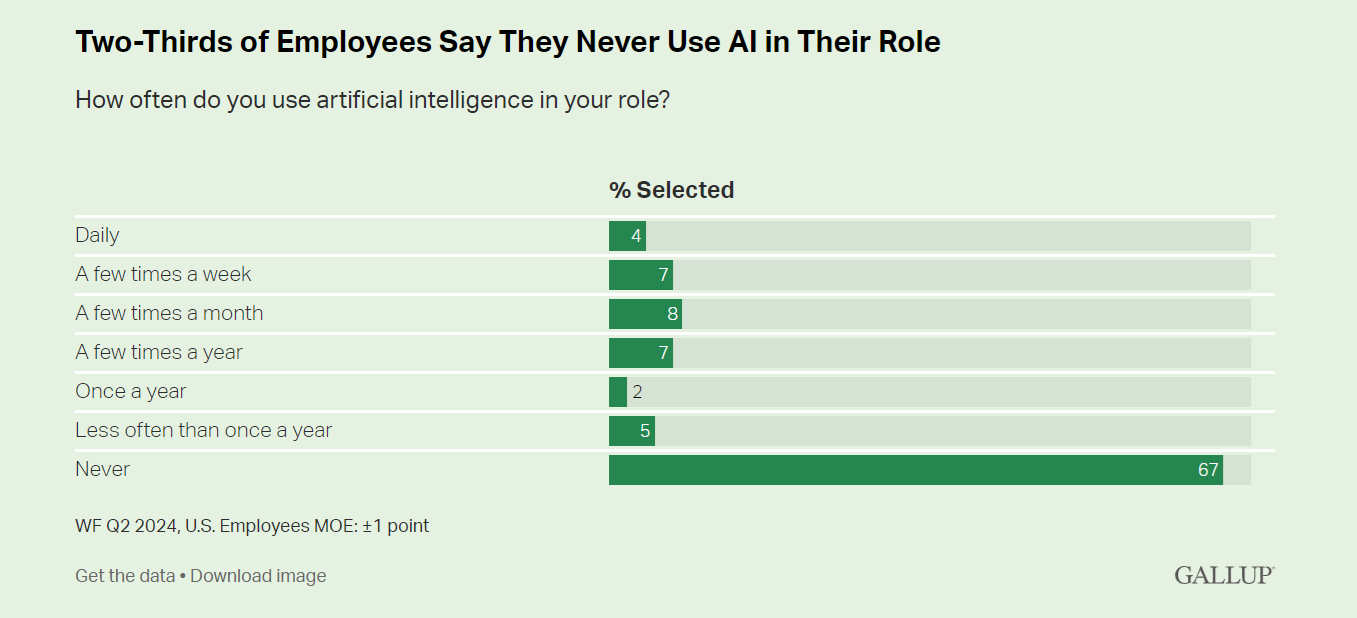For the last 18 years, CEA has conducted and published a holiday outlook. This research has revealed that overtime consumers are starting (and likely ultimately finishing) their holiday shopping later in the year. Over time fewer are starting their holiday shopping in September and October and more are beginning in November and December. I credit this shift to shoppers waiting on deals and other promotions. Certainly the growth of Black Friday contributes to this phenomenon.
The Wall Street Journal recently reported UPS is also expecting shopping to be pushed later into the shopping season. To quote the WSJ report:
United Parcel Service Inc. forecast what it called a “solid” holiday shipping season Monday, saying volume during the hectic week before Christmas will be up 6.2% from last year. It also said it will boost seasonal hiring 10% to 55,000 temporary employees.
The Atlanta-based company didn’t provide an overall forecast for the traditionally busy period between thanksgiving and Christmas, saying the peak shipping season has been shortened because consumers are increasingly shopping
online and delaying purchases until late in the year.“Before the explosion of e-commerce, the holiday peak season stretched from Thanksgiving to Christmas, [but] now it’s been compressed to the last two weeks before Christmas,” the company said.
It forecast 120 million deliveries during the peak week, up from 113 million last year.
UPS also said its global delivery volume “will approach” 26 million packages on what it anticipates will be its busiest day of the year, Dec. 22.
The article also reported FedEx’s recent announcement that “it expects its package volume between the traditional Thanksgiving-to-Christmas peak shipping period to be up 12% from last year, and it forecast 17 million packages on its busiest day, up 10%.” It is clear the growth of promotions, the skittish nature of consumers in waiting for promotions, and the rise of ecommerce are all driving shopping later into the season.
Consequently this puts pressure on supply chains – notably on manufacturers and retailers. Historically, retailers could judge the holiday season by examining the start of the holiday season. It was early enough that they could then order additional merchandise as needed. But now the sales are happening later so retailers aren’t receiving a good gauge of the season until it is largely too late to order additional merchandise.



